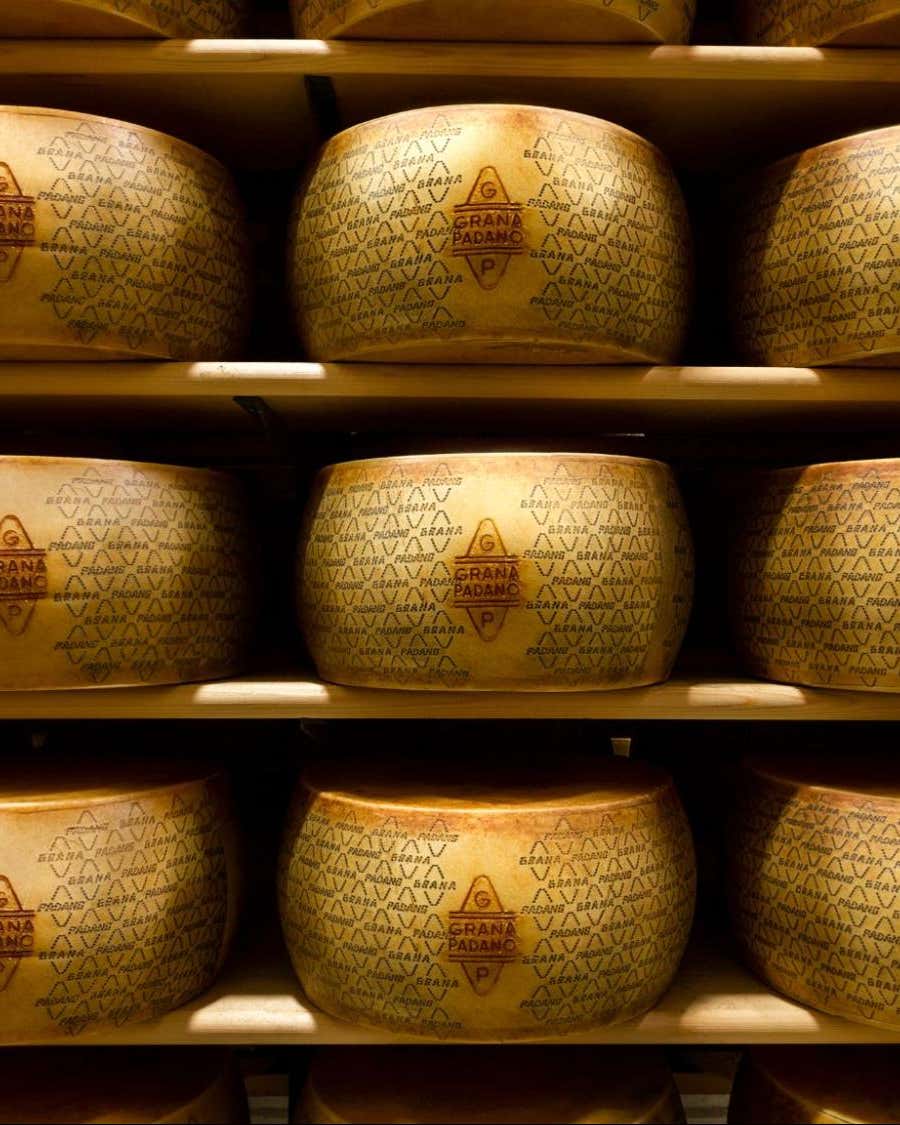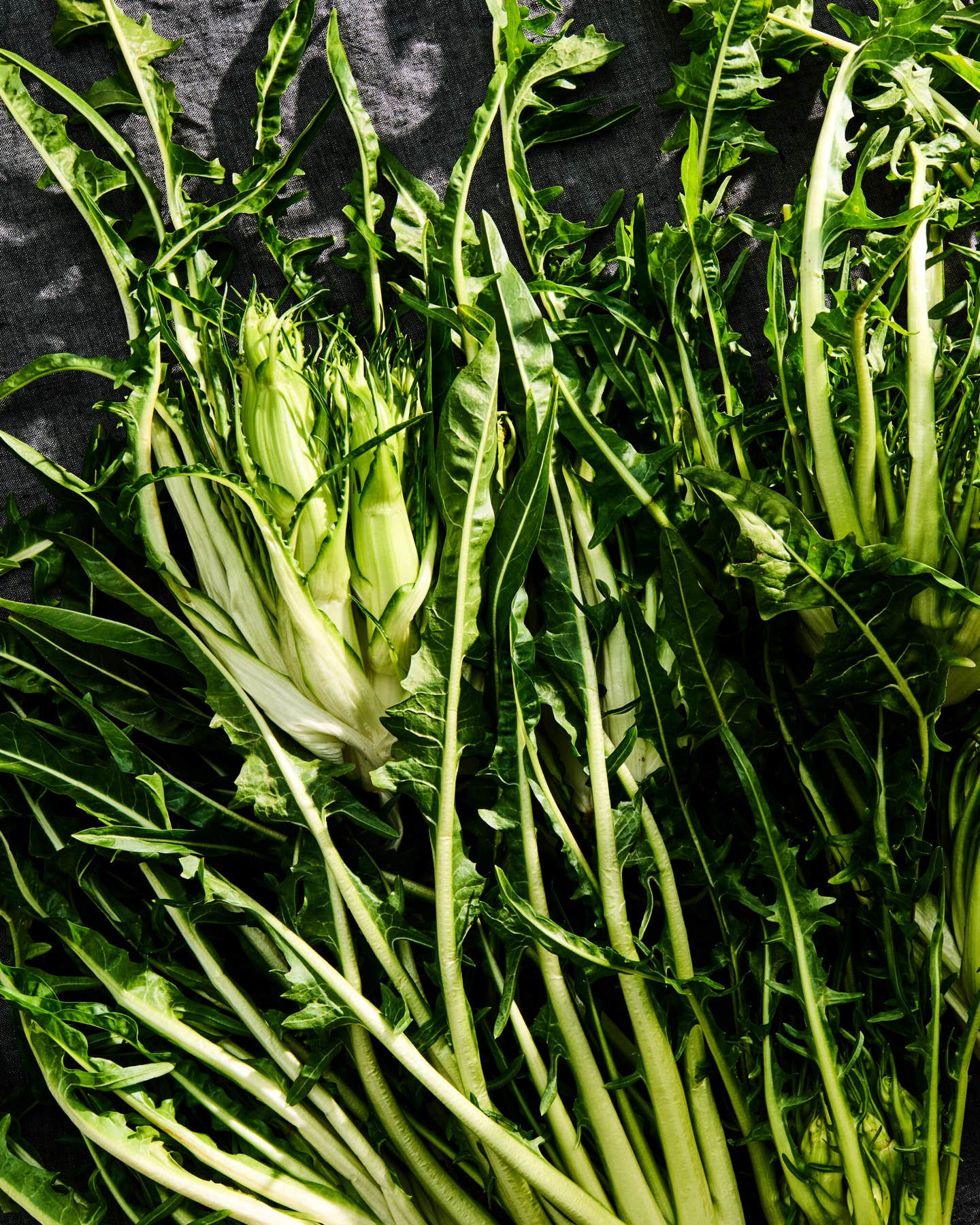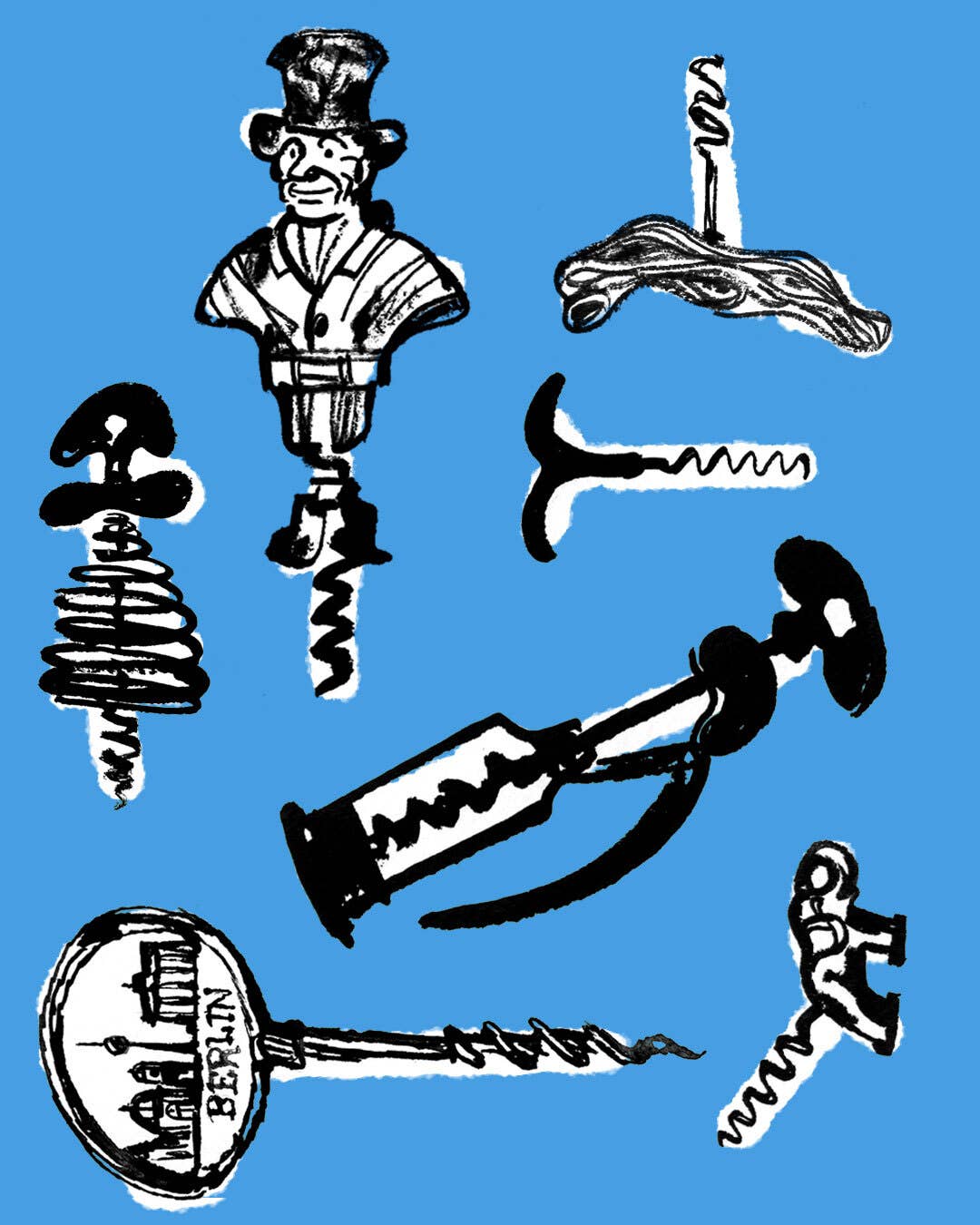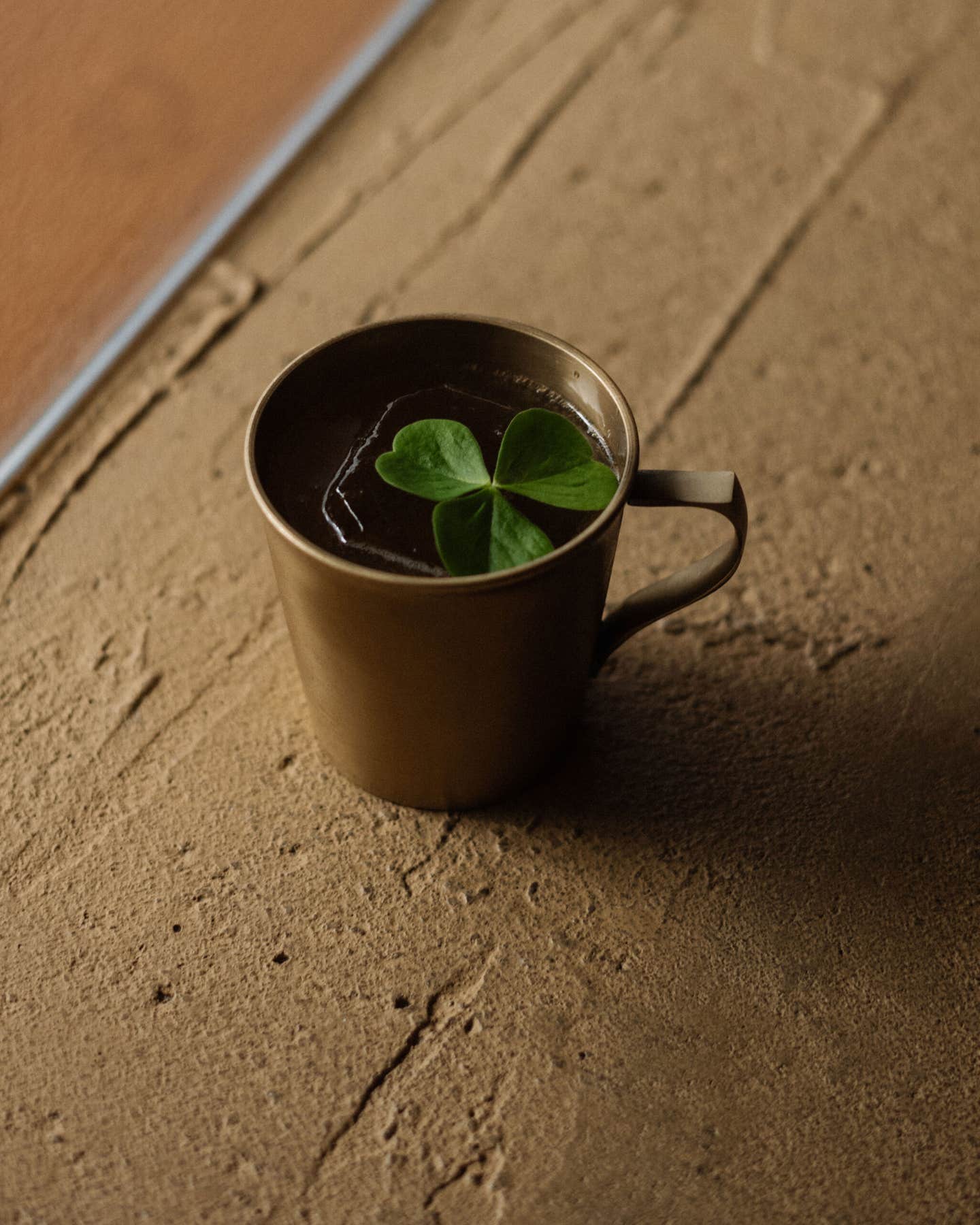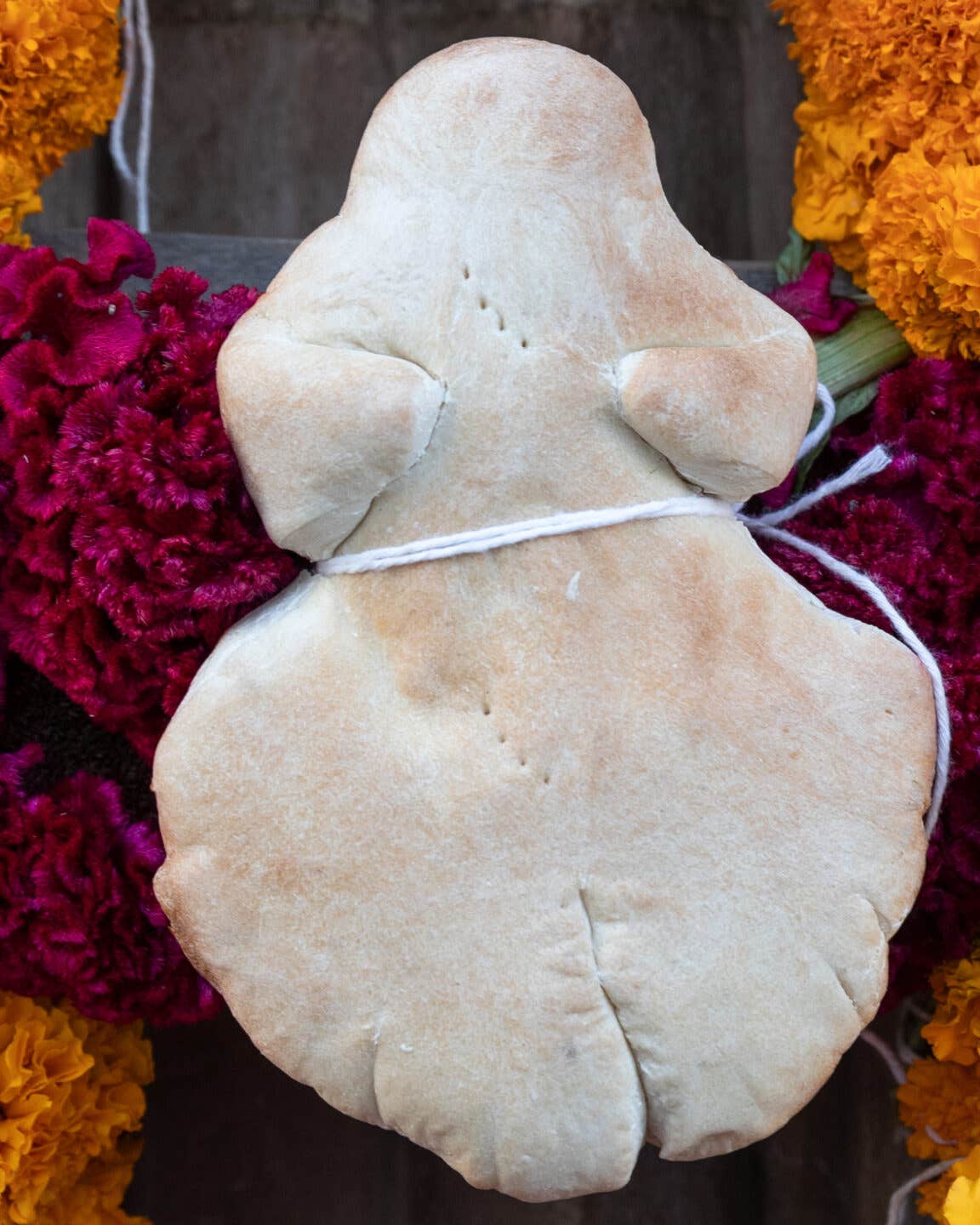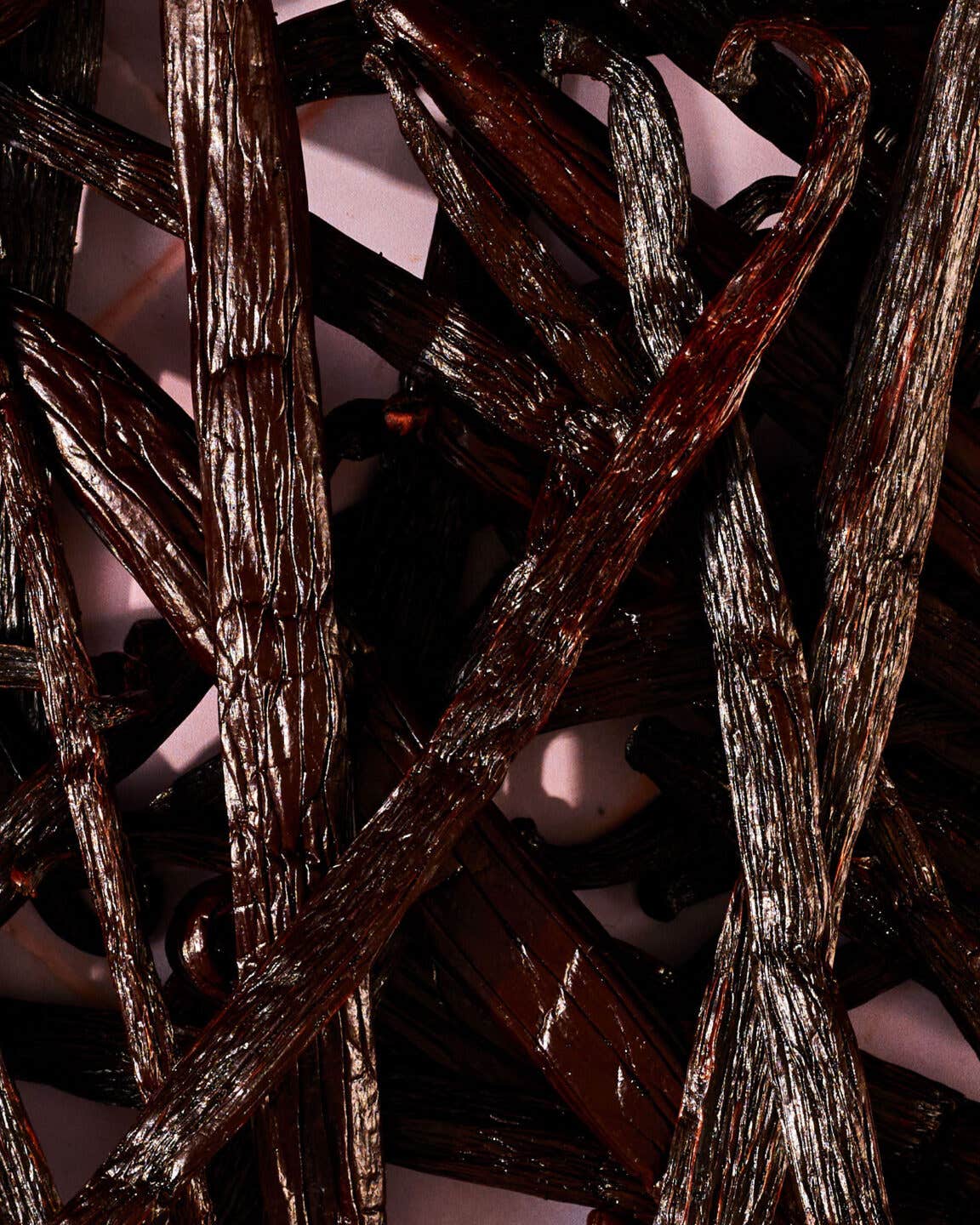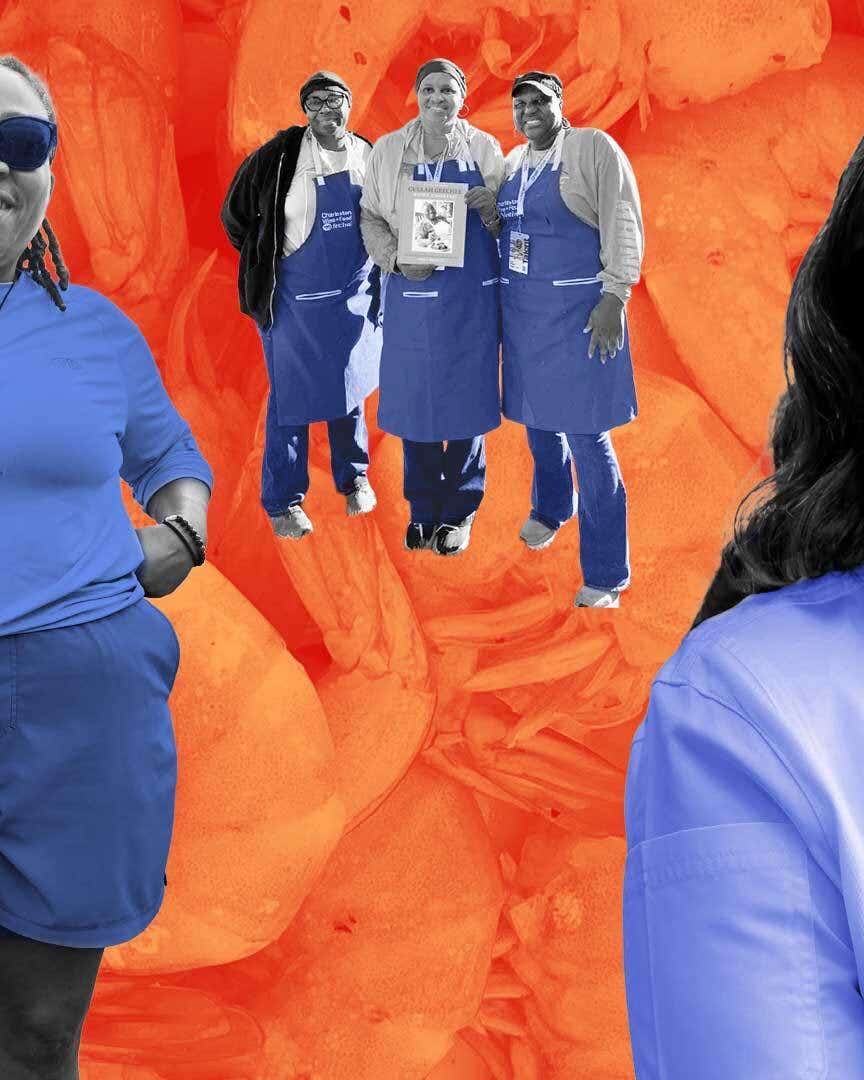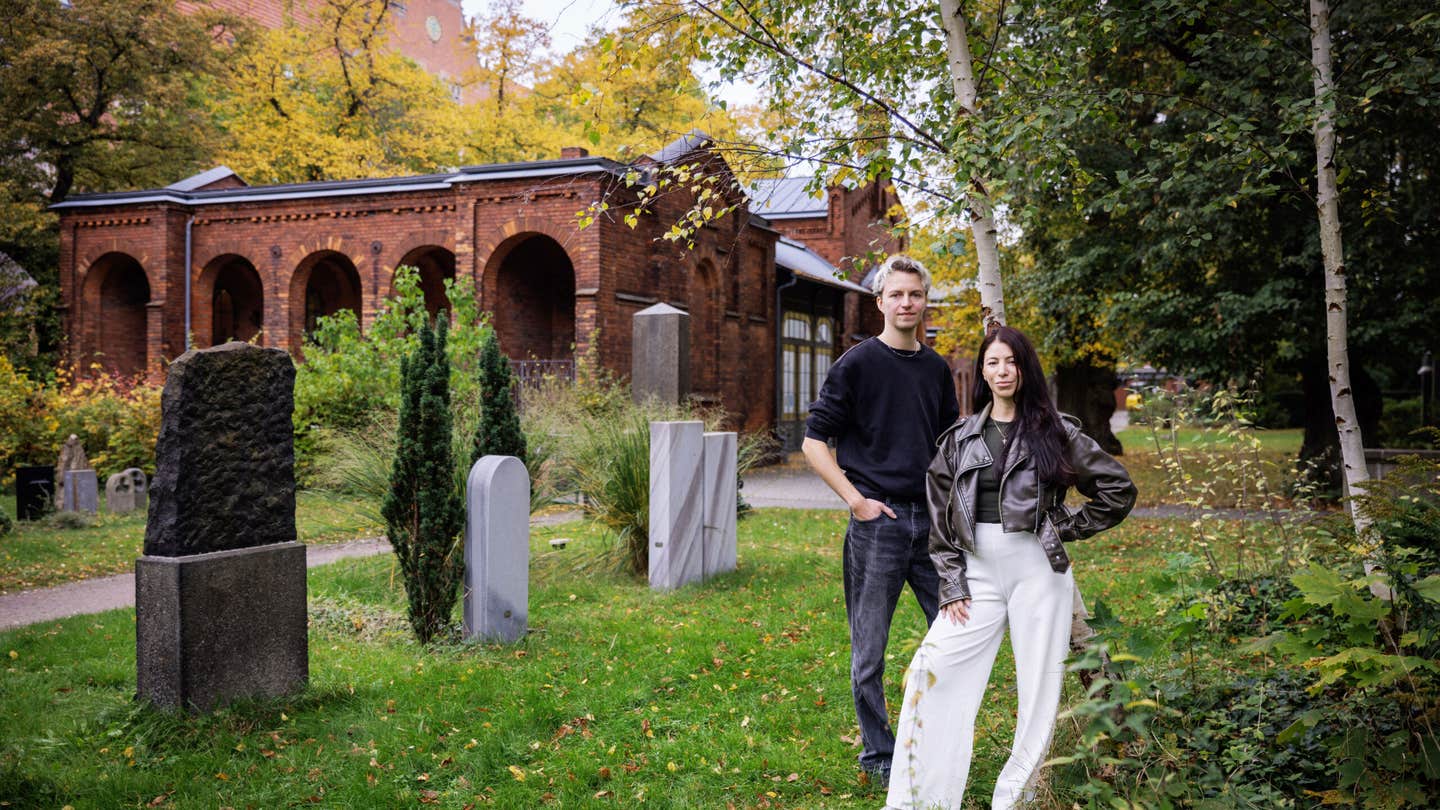These Indigenous Winemakers Are Making History—While Sharing Their Own
Meet the talented group of First Nations vintners bringing their heritage to the fore.
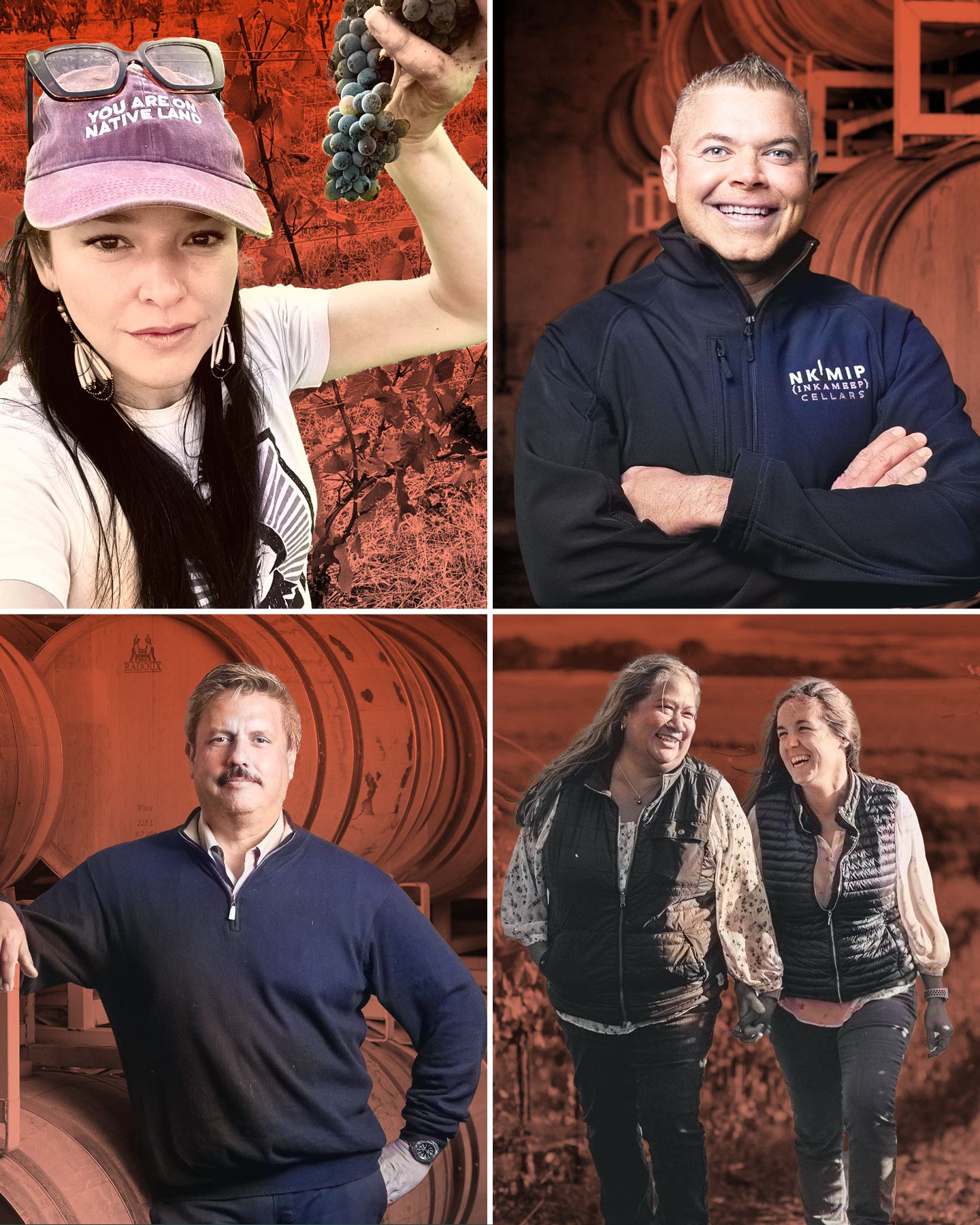
“Wine is storytelling,” says Brandy Grey, a former journalist who pivoted to winemaking. One of the few Indigenous vintners in North America, Grey is motivated to represent her father’s Cherokee Shawnee heritage and to share the history of tribes in Oregon, where her Greywing Cellars is based.
But stories can shackle as well: Conversations about the scarcity of Indigenous winemakers inevitably shadowbox with the “drunken Indian” trope—an inaccurate but entrenched stereotype that Native peoples have a genetic predisposition to alcoholism. This false narrative has made a lot of tribal funding in North America contingent on sobriety; alcohol was banned on U.S. reservations until the 1950s. As Grey notes, it can also be difficult to break into an industry frequently predicated on generational wealth. Winemaking has long been a culture of family dynasties; for people who have endured land grabs and forced relocations, it can be hard to imagine an inheritance like this.
While there are still relatively few Indigenous North American wine professionals, their numbers are growing, in part due to the efforts of Carrie Rau, an Ontario-based sommelier, educator, and chef. In 2020, she cofounded Vinequity, a nonprofit that provides mentoring and scholarships to support the education of BIPOC wine professionals. “We need to raise up people who look like us,” she says. Of Cree descent, Rau was part of Canada’s Sixties Scoop, when First Nations children were forcibly removed from their families, sent to residential schools, and adopted by non-native parents. Currently, she’s on track to become the first Indigenous Master of Wine in Canada.
Fighting systemic disadvantages has been an uphill battle. “They gave us crappy land,” says winemaker Justin Hall of Nk’Mip Cellars in Osoyoos, British Columbia, referring to how European settlers and the Canadian government curtailed the Osoyoos Indian Band’s sprawling traditional territory to less-fertile scrubland east of the Okanagan River. But in a case of poetic justice, the semi-arid terrain has proven ideal for cultivating wine grapes. Now, Hall is helping safeguard the legacy of his ancestors—and redefining generational wealth in the process.
Wines to Try
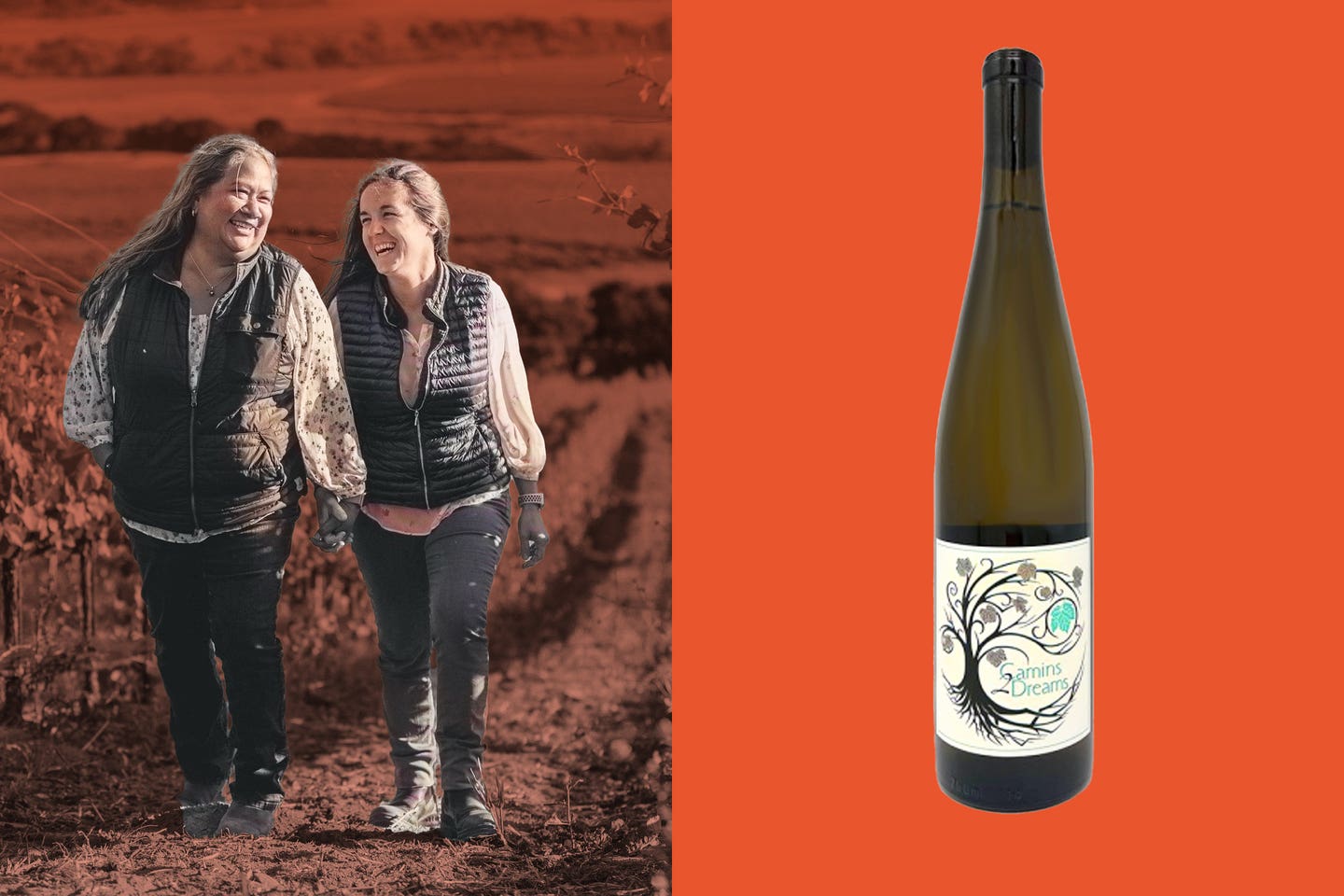
Camins 2 Dreams 2022 Grüner Veltliner, Fiddlestix Vineyard
Despite sourcing most grapes from the Santa Rita Hills, where pinot noir and chardonnay are the hallmarks, Chumash winemaker Tara Gomez and her wife Mireia Taribó focus on under-represented varieties, including cool-climate syrah and grüner—such as the bright, citrusy 2022 gem from their Fiddlestix Vineyard. Gomez considers mentorship a part of her practice. “I’ve walked the path,” she says, “and I’m here to support others.”
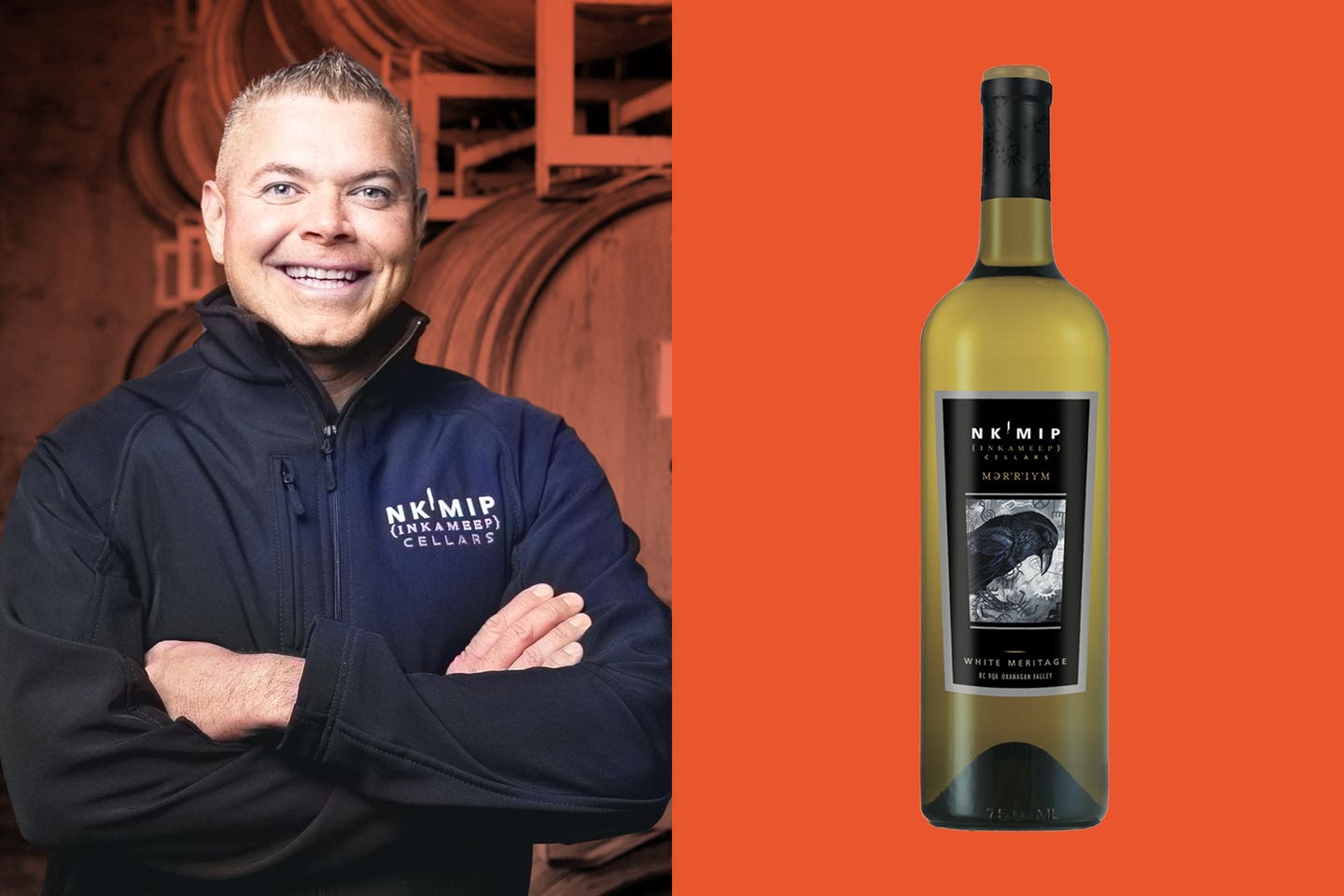
This blend of sauvignon blanc and sémillon comes from grapes grown by the Osoyoos band in Canada’s Okanagan Desert, where temperatures can climb above 100°F, yet the fruit is balanced by great acidity and a lightly herbal nose. Winemaker Justin Hall says, “A hundred years from now, I want my kids’ kids to come here and say, ‘My grandfather worked this land, and he didn’t destroy it.’”
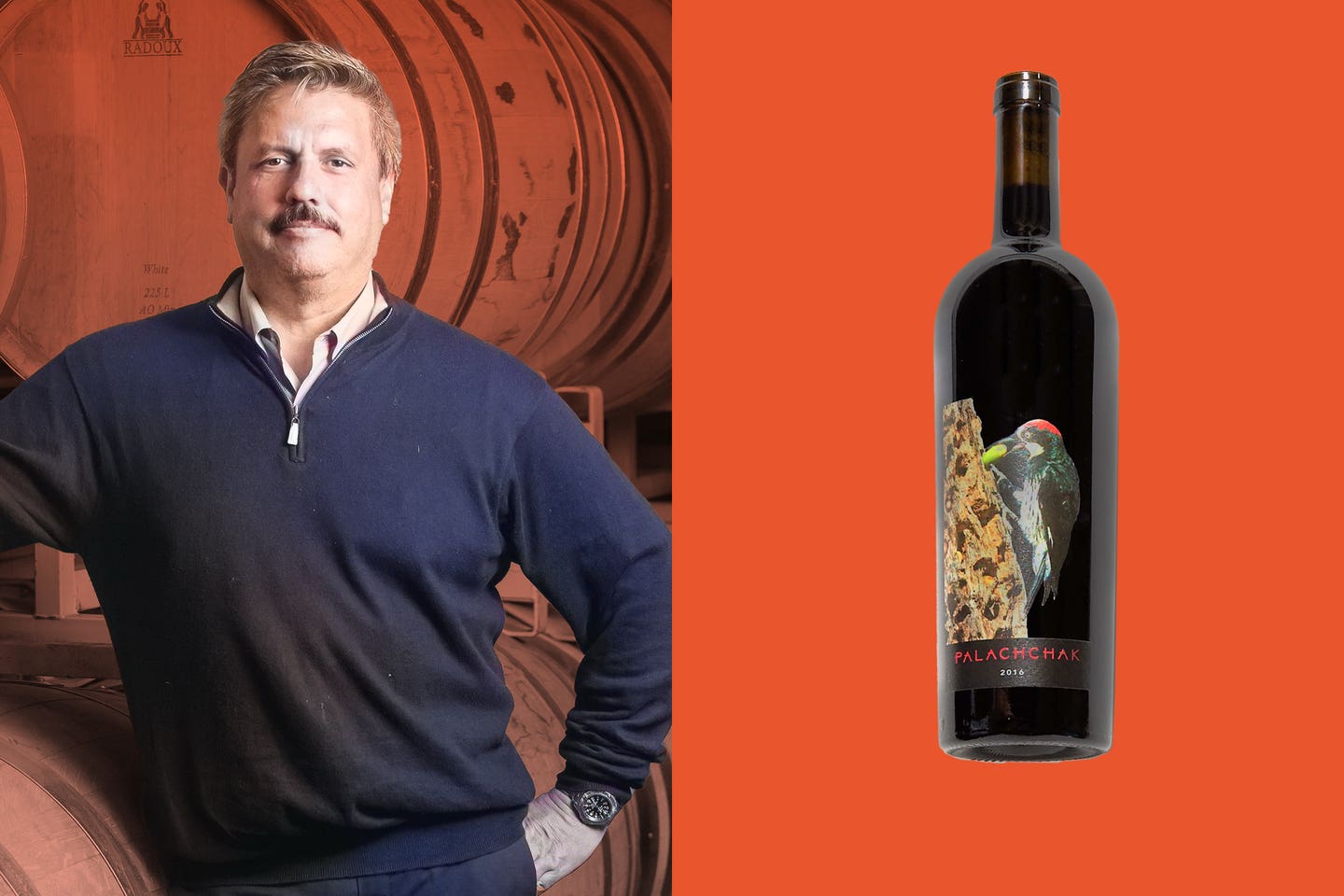
The product of 120-year-old vines in the Sierra Nevada foothills, this decadent but lively zinfandel benefits from five years of aging, and bears the Coast Miwok name for the California acorn woodpecker. Winemaker Rob Campbell’s late mother led efforts to revive the nearly extinct language: “Any time we talk about Meyye, we’re speaking Coast Miwok,” Campbell says.
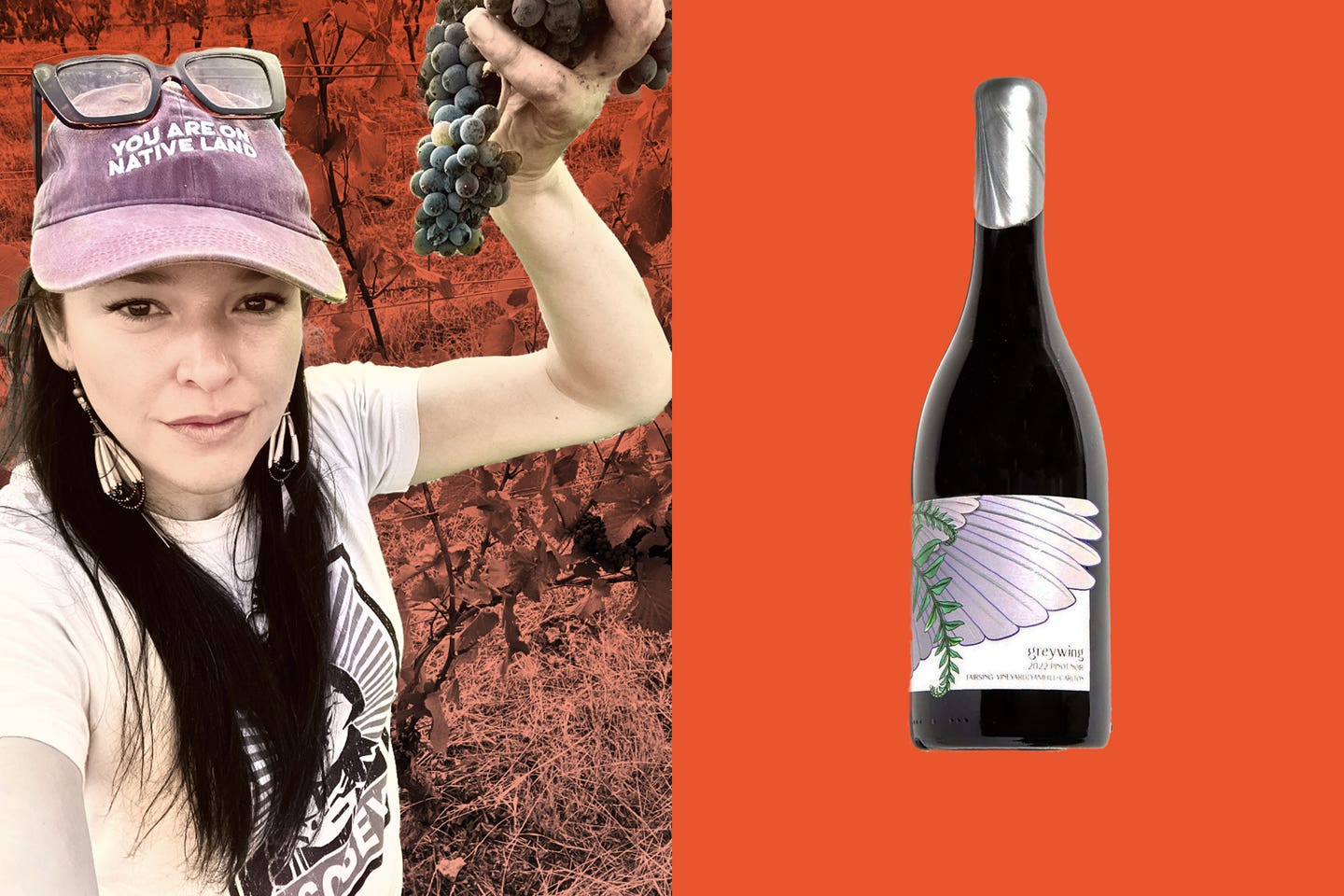
Rich with berries, this elegant red hails from prime pinot country in Oregon’s Yamhill-Carlton region. Winemaker Brandy Grey also donates a portion of Greywing’s wine sales to Indigenous nonprofits such as Adopt-a-Native-Elder, highlighting the community that supports her. “If I can introduce a topic that we’re not discussing,” Grey says, “that’s honoring my history.”
Keep Reading
Continue to Next Story
